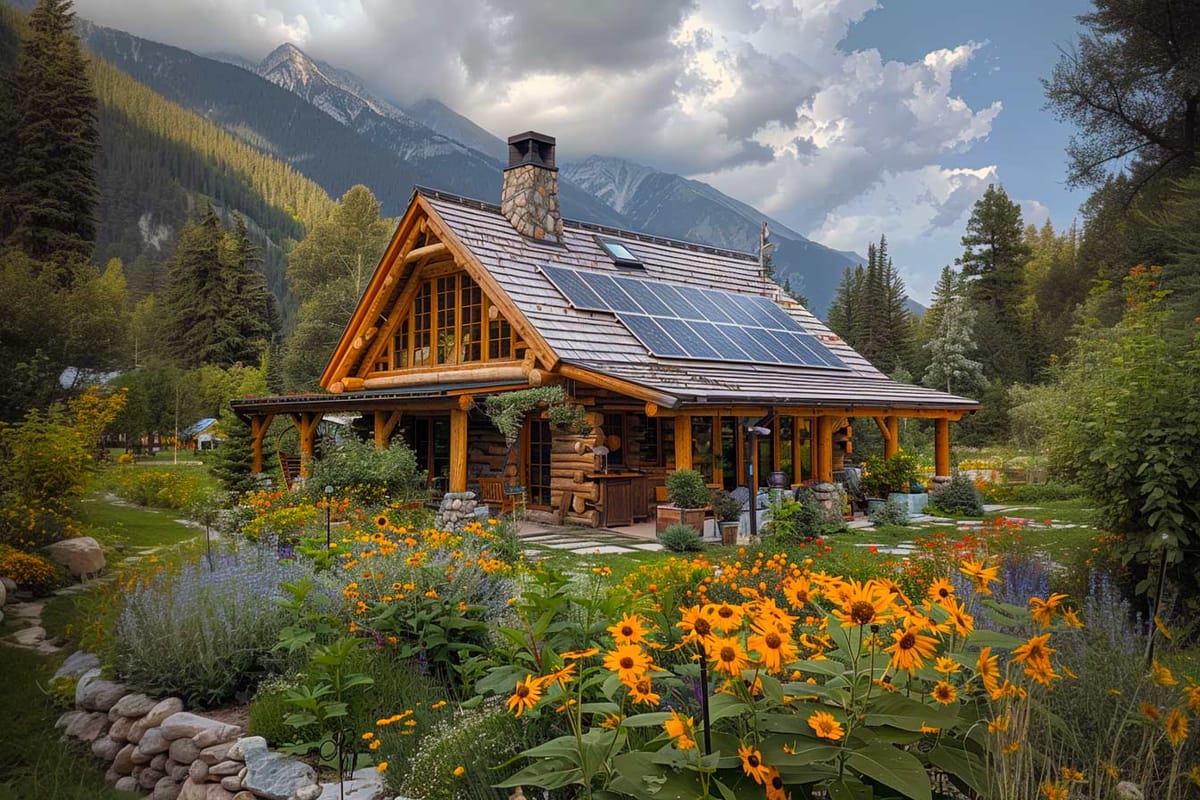Is Going Off-Grid Really Cheaper? The Truth May Shock You


Grab a FREE sample issue of Off Grid Living & Survival.
Signup takes 10 seconds. You’ll also unlock 200+ articles & essays and exclusive content — all FREE.
One-time payment. All back issues free. All future issues included.
Get the Lifetime Membership right now for $49 and support independent off-grid journalism.


Sign Up For The Lifetime Membership for only $49

Stop Acting Tough, Filter Your Water

New Issue

This Business Insider piece is framed as a kind of “uplifting” human-interest story, but if you scratch the surface, it’s dystopian.